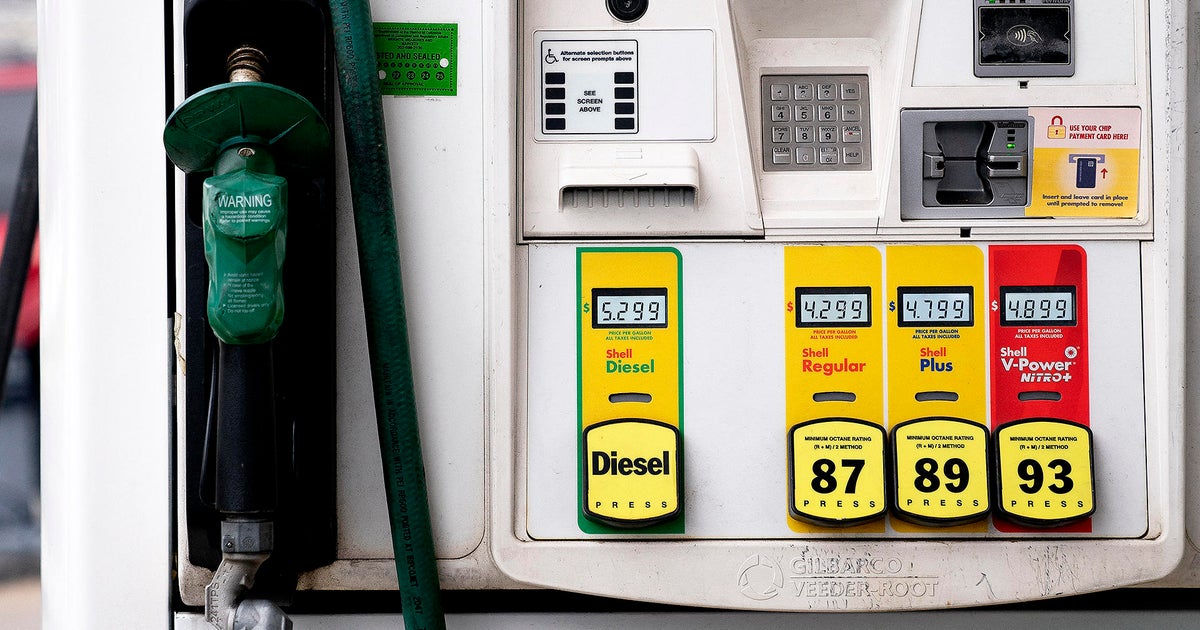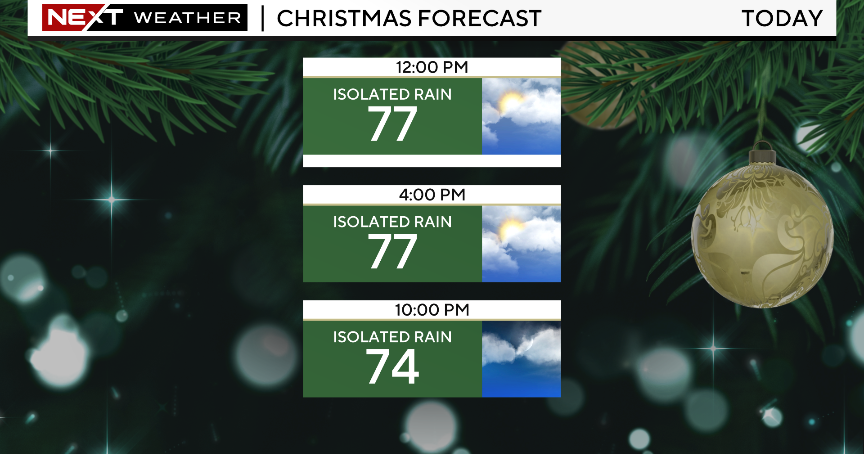Hurricane Matthew To Slam Haiti With High Winds, Torrential Rain
Follow CBSMIAMI.COM: Facebook | Twitter
PORT-AU-PRINCE, Haiti (CBSMiami/AP) — Torrential rains and gusty winds from a very powerful Hurricane Matthew are lashing Jamaica while a vulnerable Haiti braces for flash floods and violent winds.
The eye of the approaching Category 4 hurricane, with maximum sustained winds of 130 mph, is forecast to pass to the east of Jamaica and then cross over or be very close to the southwestern tip of Haiti late Monday or early Tuesday, according to the National Hurricane Center in Miami. It was predicted to hit the lightly populated eastern tip of Cuba on Tuesday afternoon.
Forecasters said as much as 40 inches of rain could fall on some isolated areas of Haiti, raising fears of deadly mudslides and floods in the heavily deforested country where many families live in flimsy houses with corrugated metal roofs.
"Some of us will die but I pray it won't be a lot," said Serge Barionette in the southern town of Gressier, where a river recurrently bursts its banks during serious storms.
A hurricane warning is in effect for Haiti, Jamaica and parts of Cuba. Forecasters said the southern Haitian countryside around Jeremie and Les Cayes could see the worst of the rains and punishing winds.
"Wherever that center passes close to would see the worst winds and that's what's projected to happen for the western tip of Haiti," said John Cangilosi, a hurricane specialist at the U.S. center. "There is a big concern for rains there and also a big concern for storm surge."
Matthew is one of the most powerful Atlantic hurricanes in recent history and briefly reached the top classification, Category 5, becoming the strongest hurricane in the region since Felix in 2007. The hurricane center said the storm appeared to be on track to pass east of Florida through the Bahamas, but it was too soon to predict with certainty whether it would threaten any spot on the U.S. East Coast.
Officials with Haiti's civil protection agency said there were roughly 1,300 emergency shelters across the country, enough to hold up to 340,000 people. Authorities broadcast warnings over the radio telling people to swiftly heed evacuation warnings, trying to counter a common tendency for people to try to stay in their homes to protect them during natural disasters.
In a brief address carried on state radio, interim President Jocelerme Privert urged Haitians to listen closely to official warnings and be ready to move. "To those people living in houses that could collapse, it's necessary that you leave these houses to take refuge in schools and churches," he said.
Teams of civil protection officials walked the streets of Les Cayes and other areas urging residents to secure their homes, prepare emergency kits and warn their neighbors. They also evacuated people from some outlying islands.
A hurricane warning was posted for the southeastern Bahamas. A hurricane watch was in effect for the Cuban province of Camaguey, the central Bahamas and the Turks and Caico Islands, and a tropical storm warning was issued for parts of the Dominican Republic, where authorities began mandatory evacuations of areas at risk for flooding. A tropical storm watch was in effect for parts of the Dominican Republic.
The hurricane earlier had been projected to be closer to Jamaica, but still was a danger to the island of less than 3 million inhabitants.
"The center of the system is looking more likely that it will pass to the east of Jamaica but it won't miss it by that much, so they are still going to see impacts," Cangilosi said. "The impacts are maybe going to be a little lower there than they would be in Haiti and eastern Cuba."
After passing Jamaica and Haiti, Matthew was projected to reach Cuba. The center was expected to pass about 50 miles east of the U.S. Navy base at Guantanamo Bay, where authorities evacuated about 700 spouses and children of service members on military transport planes to Florida.
The U.S. installation has a population of about 5,500, including 61 men held at the detention center for terrorism suspects. Navy Capt. David Culpepper, the base commander, said emergency shelters had been set up and authorities were bracing for 80 mph winds and storm surge and heavy rain that could threaten some low-lying areas, including around the power plant and water desalination facility.
"We have no choice but to prepare ourselves for to take a frontal assault if you will," Culpepper said.
(TM and © Copyright 2016 CBS Radio Inc. and its relevant subsidiaries. CBS RADIO and EYE Logo TM and Copyright 2016 CBS Broadcasting Inc. Used under license. All Rights Reserved. This material may not be published, broadcast, rewritten, or redistributed. The Associated Press contributed to this report.)



